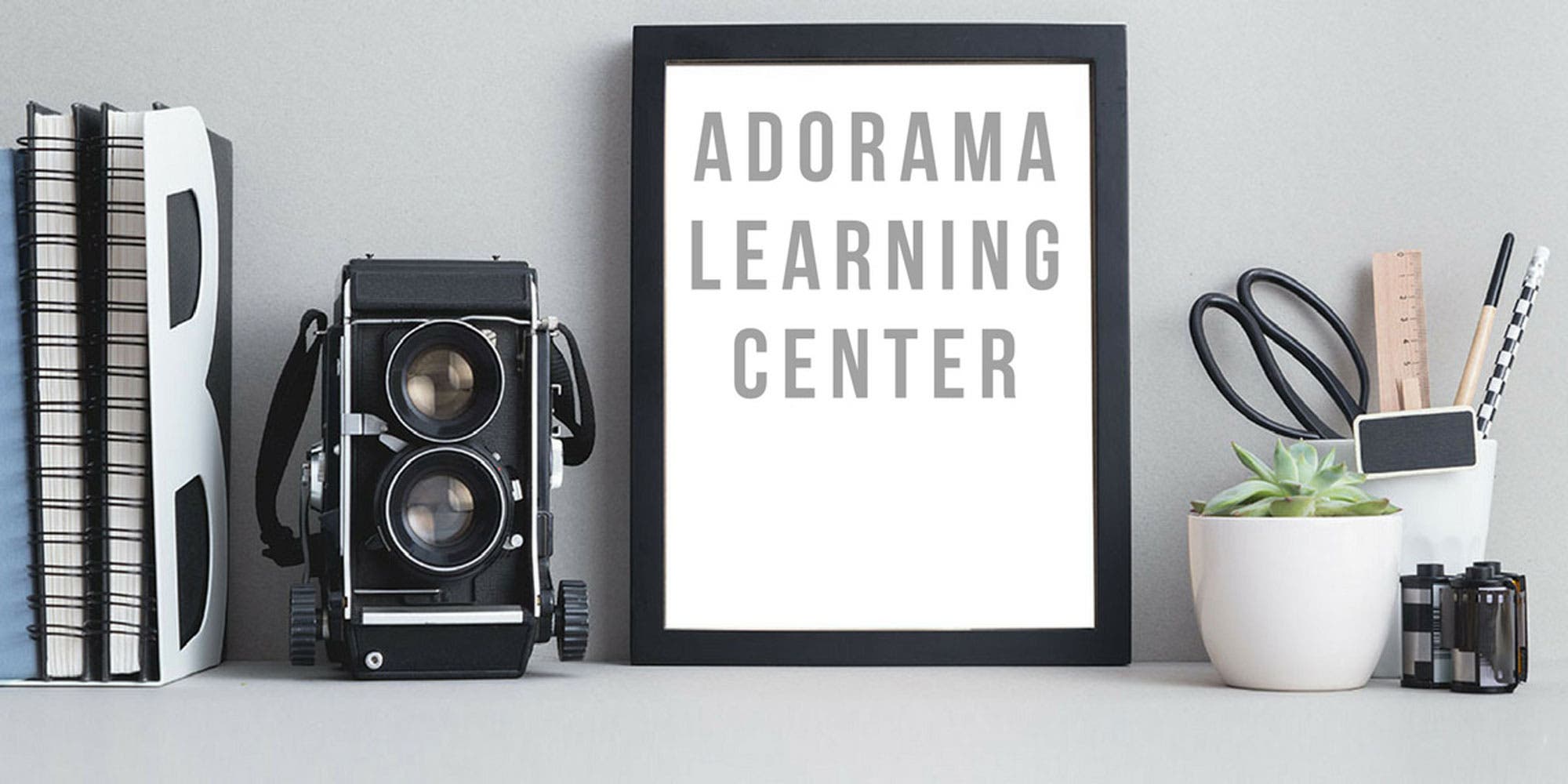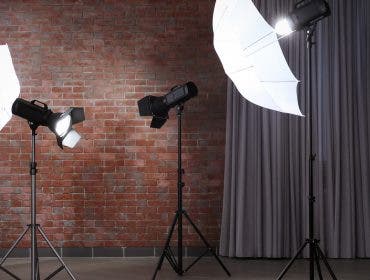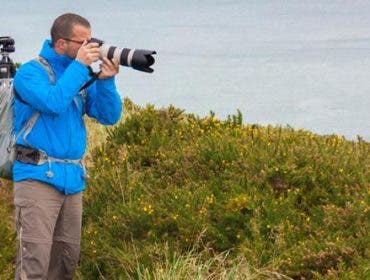Here are more major product releases we finally got to see with our own eyes at Adorama. Feast your eyes on these premium pro tools.
Sigma introduced the first-of-its-kind 20mm f/1.4 Art lens earlier this week, and were showing the lens for the first time at the show. The hand-made, digitally-inspected lens features 2 FLD elements and 5 SCD elements for improved contrast, and minimal ghosting and other optical aberrations. The lens is constructed of 15 elements in 11 groups, and has a good, solid feel.
A USB doc, which is built into a special lens cap, allows for firmware upgrades direct from Sigma’s Japanese server, and checks to make sure the autofocus algorithms are working properly. The lens will be available for Sigma, Canon, and Nikon DSLRs.
The Sigma 20mm f/1.8 Art lens joins Sigma’s premium lineup, which includes: Sigma 50mm f/1.4, 20mm f/1.4, Sigma 24-35mm f/2, and Sigma 24mm f/1.4 models. All are available at Adorama.
Sigma also had the DP0and DP3 Quattro digital cameras on display, and yes, they look a bit strange. The DP3 is designed for studio shooting, and has a specially-designed focusing magnification hood for sharper portrait and product photos. The DP0 boasts a 28mm (equivalent) lens, and both models use the Foveon 46MP sensor. Both cameras are available from Adorama for $999, and Sigma claims they deliver the best image quality for under $1,000, so forget what they look like; it’s what’s inside that counts.
At the Leica booth, we got our hands on the Q, which was announced in September, and the Leica SL, which was announced earlier this week. Both cameras blew us away in their own very different ways.
The Leica SL (Typ 601), a 35mm sensor-based 42MP mirrorless interchangeable-lens camera, impressed us with one of the best EVFs we’ve seen (Leica says resolution is 4K, or twice the leading competitor’s resolution, and the finder itself is large enough for us to see fine details in the image pre-enlargement.
Focusing was super-fast, and the camera felt solid. This camera might be the star of the show: while it can’t compete with its nearest competitor, the Sony A7R, on price, it certainly has a substantial edge on several key features and technology. It will find a loyal, enthusiastic audience. It will be available in November for $7,450, but can be pre-ordered now.
The Leica Q has a 35mm sensor, built-in 28mm f/1.7 Summilux lens, and the look and feel of a traditional Leica M. And yes, street shooters, the lens has the focusing tab that is so important for pre-focusing and quick reflexes that you need. It uses an EVF rather than a rangefinder system, and its ISO range tops out at 25,000 on its 35mmsensor. The Leica Q can be ordered from Adorama for $4,250.
Westcott debuted the unique, new Flex line of LED panels https://www.adorama.com/searchsite/default.aspx?searchinfo=westcott+flex. Unlike other panels we’ve seen, these are flexible—they can be bent and folded any way you wish, and the bright lights can be varied both in intensity and in color output, from 2600-6000K. If you want the light to be flat, Westcott offers a system of frame holders, but it gets really interesting when you take advantage of their flexibility. For example, we saw one Flex panel wrapped around the center of a Chinese Lantern, creating a diffuse bare-bulb effect. Flex LED panels are powered via a relatively light portable battery that is good for three hours, and some models are fully submerged able in water, which has interesting implications for underwater photography uses.
The above scene was lit with three Flex panels: A 1×2-foot panel on the left, a rolled up 10×3-inch mat placed in the light fixture, and another one rolled up inside a Chinese Lantern directly above.Flex panels range in price from $299.90 for a daylight 10×3-inch mat to around $2,000 for a 2×2-foot mat.
Finally, Photo Plus Expo was the launchpad for the MagMod line of on-camera flash light modifiers. A rubberized collar fits snugly around the flash head and a variety of modifiers, including bounces, diffusers, shoots, and grids, can be secured via a system of magnets. A basic kit with everything needed to get started is available from Adorama for $89.95





